
Compare The Ford Transit To Rival Work Vans
Compare: Ford Transit vs Sprinter and Metris Work Vans
Cargo vans must do more than move tools and gear: fit into tight loading zones, carry serious weight, and handle all-day use without pushback. The Ford Transit, Sprinter, and Metris commercial vans each claim to get the job done-but The Ford Transit leads in build quality, performance, and serviceability.
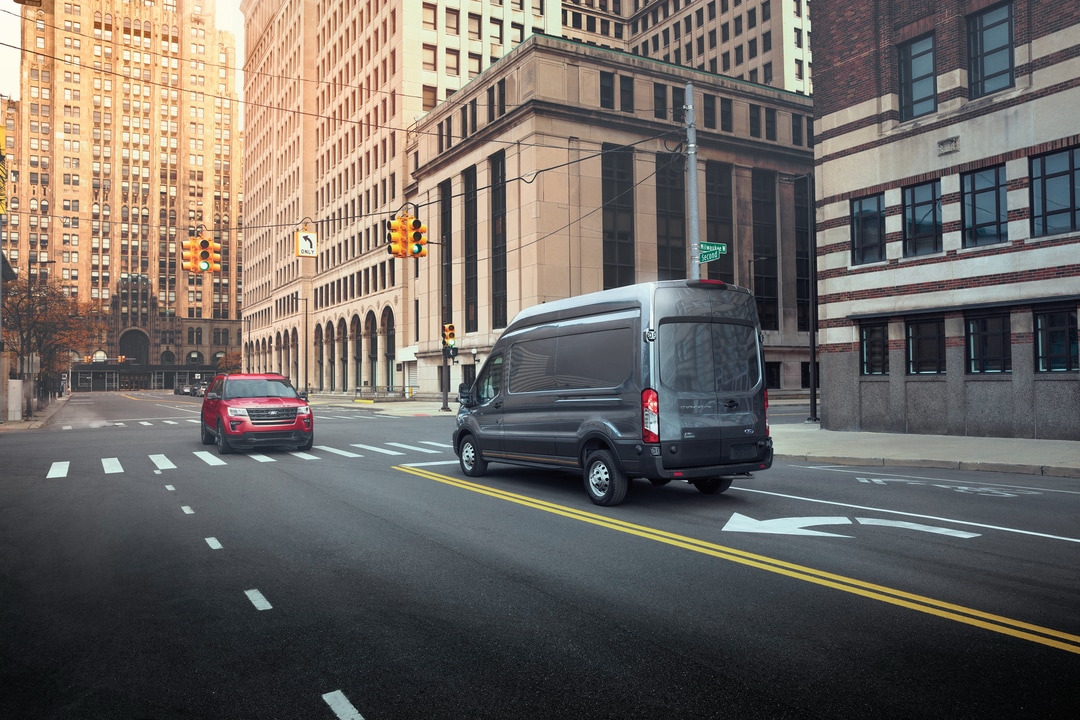
Engine Specifications and Performance Capabilities
The Ford Transit runs with two proven gas engines. The 3.5-liter V6 delivers 275 horsepower, while the available twin-turbo EcoBoost® V6 raises output to 310 horsepower and 400 pound-feet of torque, mated to a 10-speed auto transmission that keeps the van moving without lag. It also makes all-wheel drive (AWD) available on every trim.
The Sprinter offers a 2.0-liter turbo four-cylinder or a 3.0-liter diesel V6, depending on the model, outputting 188 to 211 horsepower. The Metris only offers a 2.0-liter turbocharged four-cylinder that makes 208 horsepower.
The Ford Transit pulls harder from a stop, climbs hills faster, and keeps its power longer under load. Unlike Sprinter, there's no diesel clatter, expensive DEF fluid, or slow shifts. It runs clean without premium fuel.
Towing and Weight Restrictions
The Ford Transit can tow up to 7,500 pounds when properly equipped and supports a maximum payload of 4,530 pounds. These ratings apply across multiple configurations and don't require choosing a low-roof or stripped interior.
Sprinter towing also maxes out at 7,500 pounds but only with the diesel setup-most configurations support less weight. The Metris ranks lowest, with a 5,000-pound towing limit and less than 2,500 pounds of payload capacity.
The Ford Transit keeps weight stable across high-roof and long-wheelbase models. It doesn't sag or lose hauling strength even with shelving or extra seating installed.
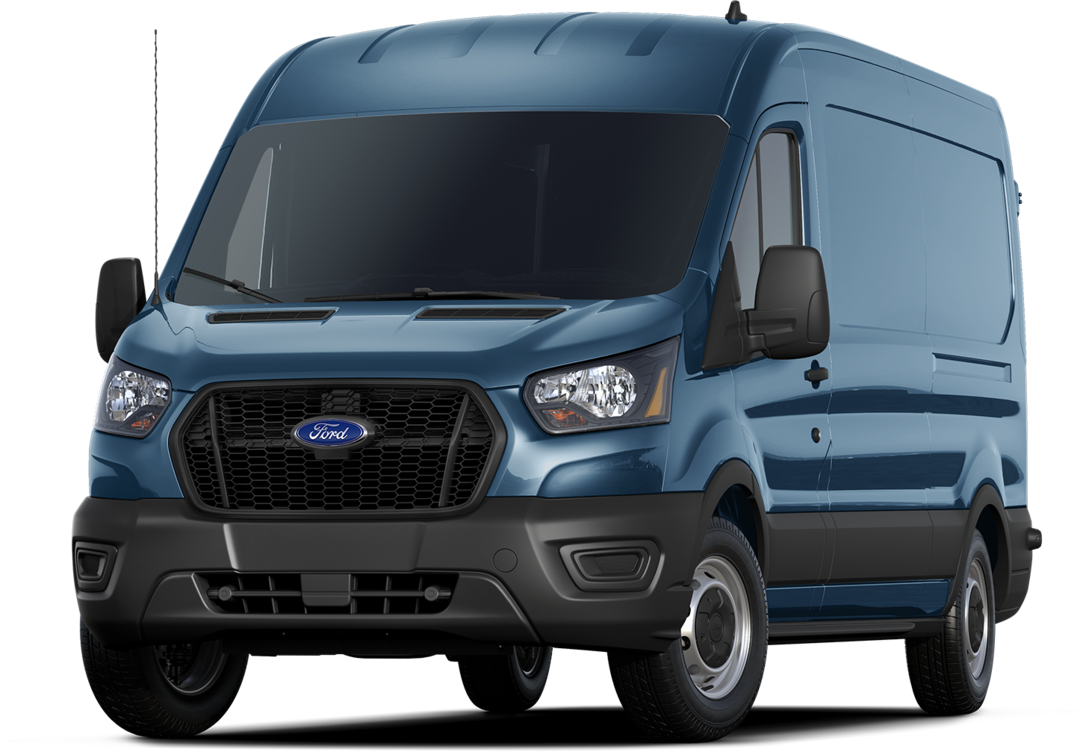
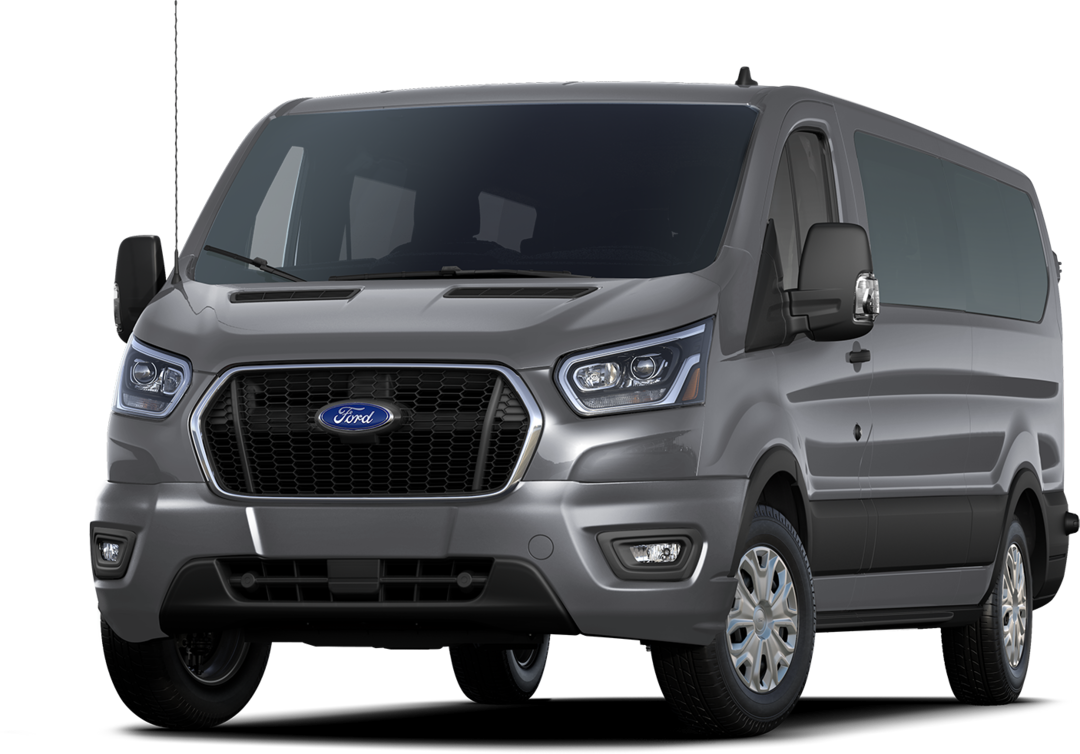
Dimensions, Passenger, and Cargo Space
Ford Transit vans offer three roof heights and two wheelbases with extended length options. Cargo volume reaches 487 cubic feet, and passenger models seat up to 15 people. Step-in height is low across the lineup, helping with frequent loading.
The Sprinter offers a similar range but sacrifices maneuverability. Parking a Sprinter takes more space, and tall versions struggle in garages. Metris vans are easier to park but much smaller inside, with limited seating and reduced headroom.
The Ford Transit has numerous upfit options that don't sacrifice space, giving you room to stand, walk, and turn without slouching or ducking.
Interior Amenities and Features
Ford Transit interiors don't chase luxury but deliver comfort. Base models have durable cloth or vinyl seating, large door pockets, and easy-to-reach controls. Mid-range and premium trims add SYNC® 4 with a 12-inch touchscreen, wireless Apple CarPlay®, and built-in navigation.
Sprinter vans include touchscreen options, but base models stay minimal. By comparison, Metris van interiors feel tight and stripped-down.
The Ford Transit uses flatter floor designs and more practical cubbies, organizing the space for clipboards, work gloves, and devices. There's no clutter, and visibility stays high across every trim.
Exterior Design Elements
The Ford keeps the look clean, squared, and strong. The door panels feel solid, the rear hinges swing wide, and the mirrors extend far enough for trailer use. The paint quality holds up under heat and road grime, even in direct sun.
The Sprinter looks taller and narrower, which doesn't help with clearance or space efficiency. Metris vans have a rounder shape, reducing cargo height and rear access.
The Ford Transit gives you utility-first lines without sacrificing visibility or panel strength.
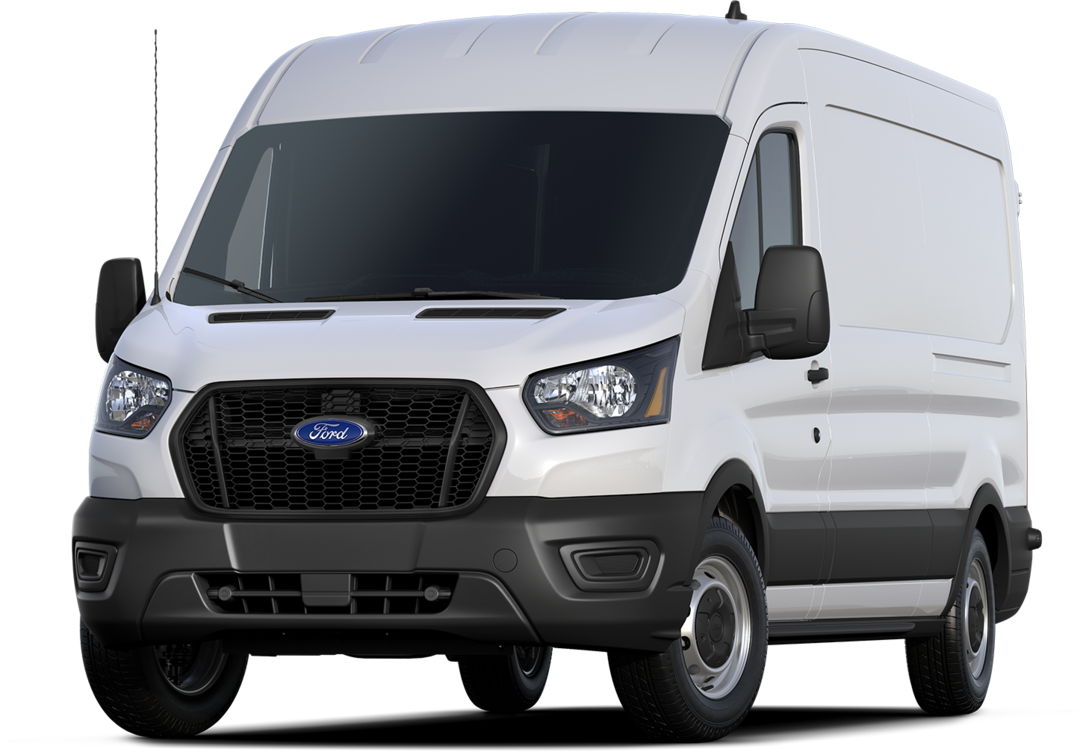
Long-Term Value
Ford Transit vans stay on the road longer with fewer issues. Routine maintenance takes less time and doesn't require diesel-specific parts. Mechanics in Paso Robles can find parts fast, and regular shops don't need special tools to keep them running.
Sprinter repairs cost more, especially with emissions components or DEF systems. Metris parts can take longer to arrive and often cost more than expected. Ford Transit vans avoid those issues entirely.
The Ford Transit also holds resale value better. Buyers trust it to work without hesitation and without complex systems that wear out early.
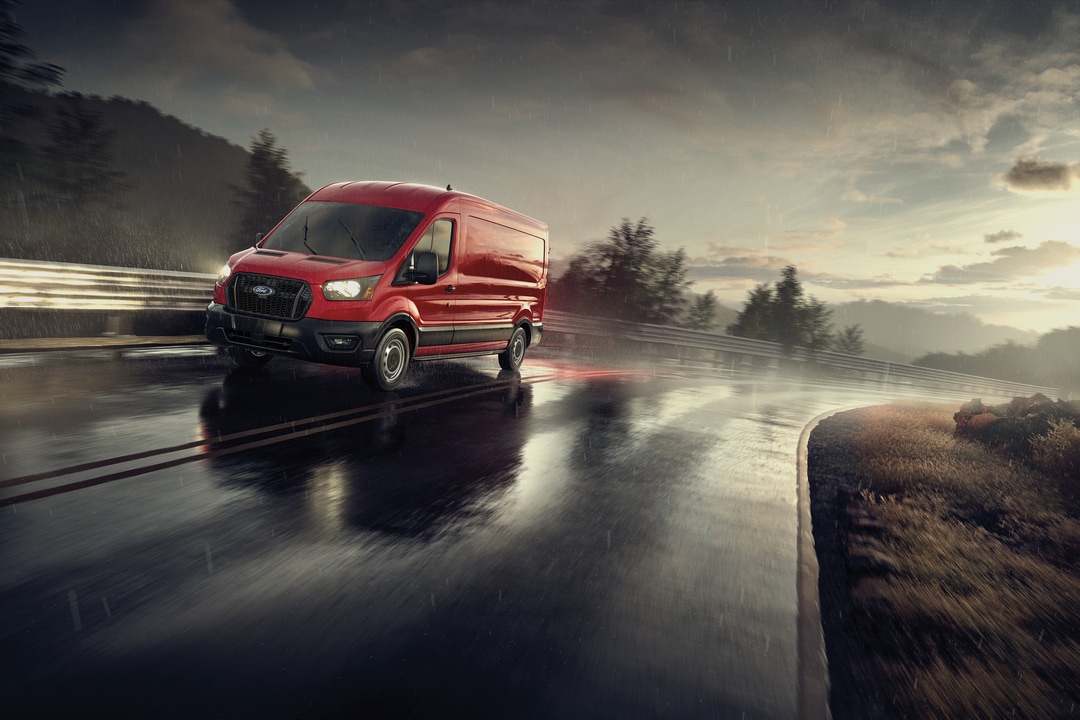
Safety and Technology
Every Ford Transit includes standard Ford Co-Pilot360™ tools like automatic emergency braking, forward collision alerts, and lane-keeping assist. Available features include adaptive cruise control, trailer backup guidance, and a digital rearview mirror for clearer views in tight spots.
The Sprinter does offer driver-assist tools, but ties them to premium packages. Metris vans miss several safety features entirely, even in upper trims.
The Ford Transit puts safety at the front without hiding it behind extra fees or hard-to-find packages.
Shop the Ford Transit Lineup in Paso Robles, CA
Browse new Ford Transit vans for sale in Paso Robles, CA, to compare configurations, payload ratings, and passenger options. Visit our showroom at Paso Robles Ford to learn more, discuss upfitting options, take a test drive, and explore financing options.
How can we help?
* Indicates a required field
-
Paso Robles Ford
2401 Oakwood Street
Paso Robles, CA 93446-7196
- Sales: (805) 239-3673
